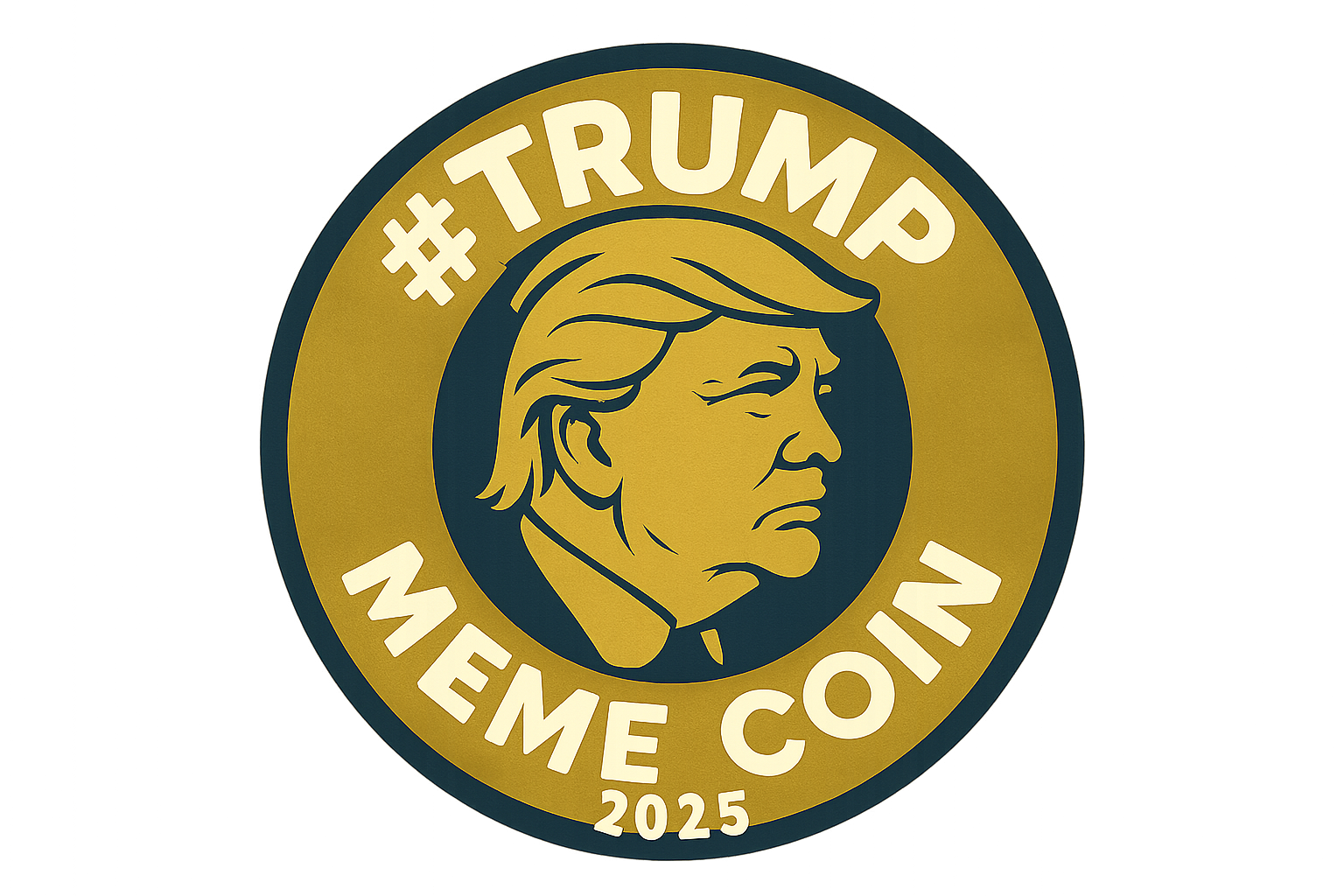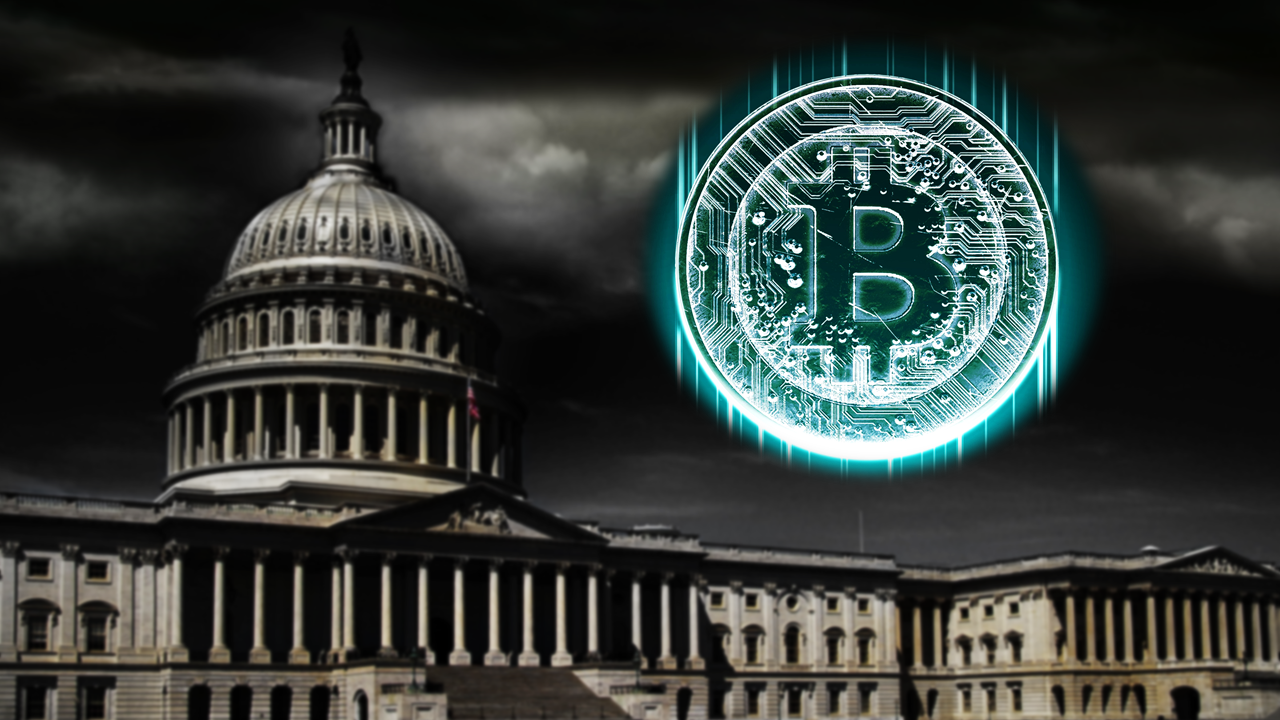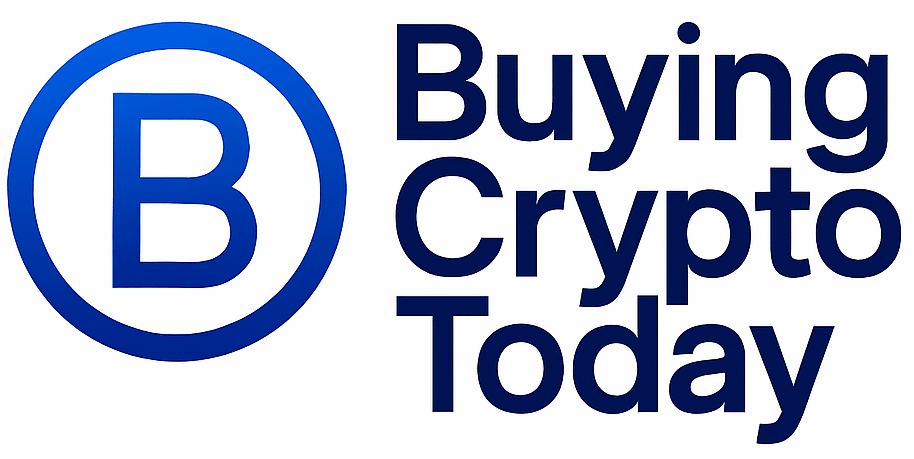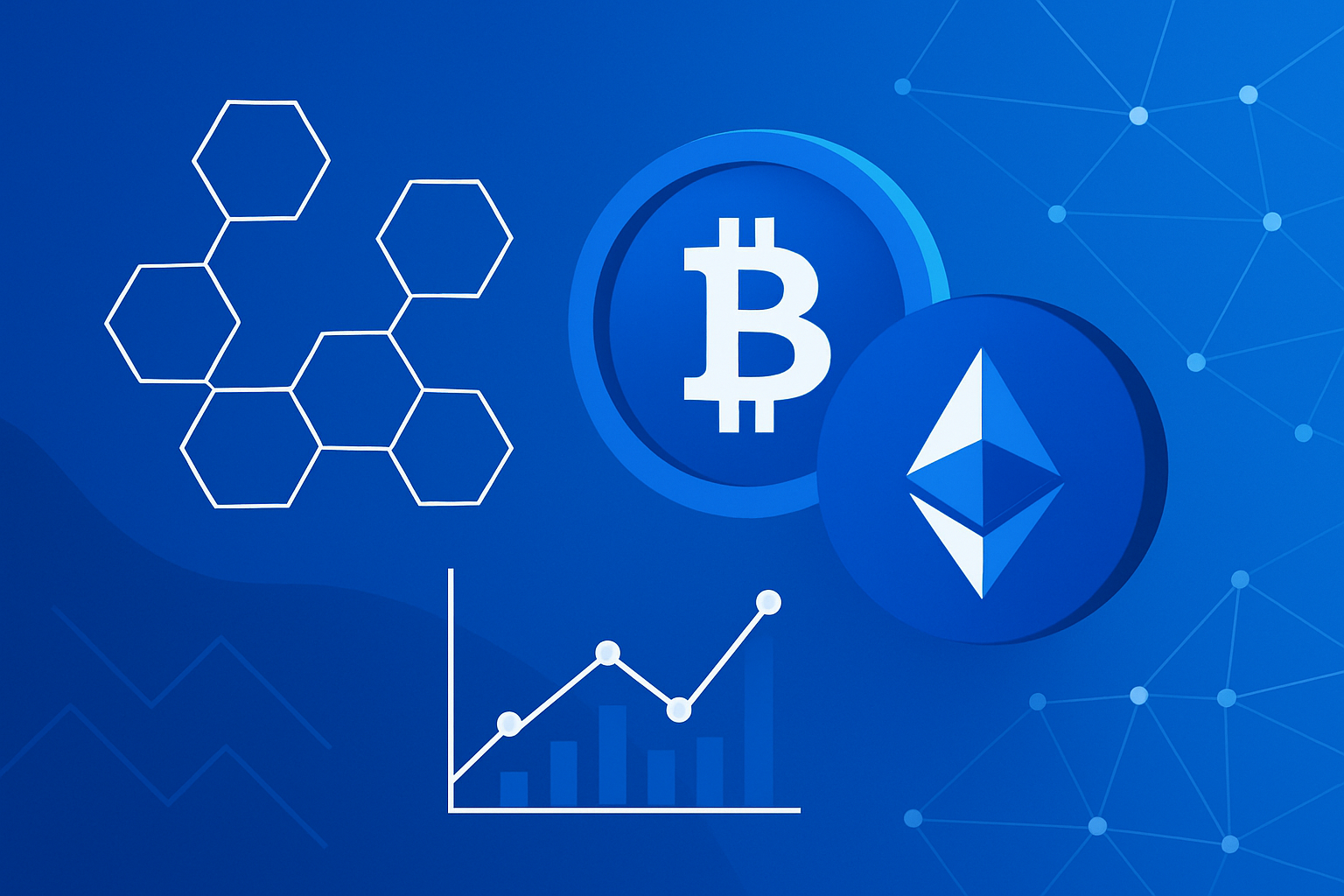
In the first half of 2025, the Trump family’s cryptocurrency earnings shattered expectations and ignited a new debate at the intersection of politics and digital finance. With $802 million in crypto income – a figure meticulously tallied by Reuters – the Trump Organization’s leap into digital assets has not only eclipsed its traditional real estate revenues but also spotlighted a seismic shift in how political powerbrokers engage with emerging financial technologies.

This windfall came from two main sources: the World Liberty Financial (WLFI) token project, which generated $463 million through digital token sales, and the launch of the $TRUMP meme coin, contributing another $336 million via liquidity pools and exchanges. The scale is unprecedented for any political family – let alone one that currently occupies the White House.
The Political Mainstreaming of Crypto: From Niche to Power Play
The Trump family’s crypto ventures represent more than opportunism; they signal a broader trend where digital assets are becoming core to political strategy. This isn’t happening in isolation. Senator Cynthia Lummis has championed pro-Bitcoin legislation, advocating for tax reforms and even proposing a national strategic Bitcoin reserve. Meanwhile, crypto industry groups have poured millions into congressional campaigns to support candidates friendly to digital asset innovation.
This mainstreaming is about more than campaign donations or technological novelty. It’s about leveraging blockchain transparency, global reach, and programmable value transfer as tools for both fundraising and influence-building in an era when traditional finance is increasingly distrusted by younger voters.
How Crypto Became Central to the Trump Family’s Wealth Engine
For decades, the Trump brand was synonymous with luxury real estate, golf courses, and hospitality. But as 2025 unfolded, it became clear that digital assets now form the cornerstone of their financial empire. The WLFI project offered tokens linked to real-world assets and access to exclusive events – turbocharging revenue through scarcity-driven demand among supporters. Simultaneously, the $TRUMP meme coin capitalized on social media momentum and retail speculation, creating a self-reinforcing loop of publicity and liquidity.
What sets this apart from previous celebrity token launches is scale and intent. The Trump Organization didn’t just license its name; it built out infrastructure through DT Marks DEFI LLC and engaged directly with liquidity providers on major decentralized exchanges. The result: not only record-breaking profits but also a template for political figures worldwide seeking new ways to monetize their brands while engaging supporters directly.
Cultural Impact: Crypto as Political Identity
The Trump family’s embrace of cryptocurrency has already reshaped political discourse in America. For supporters, it’s evidence that their champion is forward-thinking – willing to challenge regulatory orthodoxy while promising economic empowerment through new technology. For critics, however, it raises thorny questions about conflicts of interest and regulatory capture at the highest levels of government.
This polarization mirrors broader societal debates around crypto adoption: Is it an engine for democratizing finance or simply another vehicle for elite enrichment? As politicians from both parties increasingly stake out positions on digital asset regulation – sometimes aligning with industry interests over established financial watchdogs – these questions will only intensify heading into 2026.
Amid this charged environment, the Trump family’s crypto dealings have become a lightning rod for both innovation and controversy. Lawmakers are split: some see the $802 million windfall as proof of crypto’s potential to fuel economic growth and campaign finance reform, while others warn of blurred lines between public office and private profit. Calls for investigations, potential bans on trading by public officials, and even impeachment discussions now swirl around the White House, demonstrating just how high the stakes have become.
Yet, beyond the headlines and partisan sparring, there is a deeper transformation underway. The Trump Organization’s direct engagement with blockchain infrastructure, rather than just passive investment, signals a future where political brands operate more like fintech startups than traditional campaign machines. This shift is likely to accelerate as younger generations of voters demand transparency, instant value transfer, and digital-native engagement from their leaders.
“Crypto is no longer a fringe experiment, it’s now an instrument of political capital, “ notes a leading industry analyst. The Trump family’s success has set off a race among global politicians to build their own digital asset platforms, fundraising tokens, and community DAOs.
What This Means for Everyday Investors
The mainstreaming of political crypto adoption isn’t just about headline-grabbing profits or regulatory drama. For retail investors, it signals that digital assets are becoming deeply woven into the fabric of economic policy and campaign strategy. This integration could drive increased adoption of secure buying platforms and greater demand for education around risk management, as the line between financial speculation and political participation blurs.
How Political Figures Are Using Crypto in 2025
-

Launching Political Meme Coins: In January 2025, the Trump family introduced the $TRUMP meme coin, generating an estimated $336 million in revenue through liquidity pools and exchanges. This move exemplifies how political figures are leveraging branded tokens to engage supporters and raise funds.
-

Establishing Crypto-Focused Financial Entities: The Trump-linked World Liberty Financial (WLFI), launched in 2024, raised $463 million from digital token sales. This entity demonstrates the trend of politicians creating dedicated crypto ventures to diversify income and influence.
-

Advocating for Pro-Crypto Legislation: Senator Cynthia Lummis has championed cryptocurrency in Congress, proposing reforms to tax codes for crypto transactions and suggesting the creation of a strategic Bitcoin reserve for the U.S. government.
-

Utilizing Crypto for Political Fundraising: Political campaigns are increasingly accepting Bitcoin and Ethereum donations, capitalizing on the transparency and efficiency of blockchain-based fundraising. This approach appeals to tech-savvy and crypto-enthusiastic constituents.
-

Influencing Elections Through Crypto Industry Spending: The cryptocurrency industry has become a major political force, with significant financial contributions to congressional races supporting pro-crypto candidates. This marks a shift in how digital assets shape policy and political outcomes.
However, this new era also brings heightened risks. With high-profile figures entering the space, volatility can be amplified by policy announcements or legal actions rather than market fundamentals alone. The $TRUMP meme coin’s meteoric rise, and potential for sudden reversals, underscores why prudent investors should prioritize security best practices when buying cryptocurrency in 2025.
Regulatory Crossroads: Where Do We Go From Here?
The U. S. finds itself at a regulatory crossroads. On one side are lawmakers pushing for tighter controls on political crypto holdings to prevent conflicts of interest; on the other are advocates arguing that restrictive regulations could stifle innovation or disadvantage American interests globally. The next year will likely see intense debates over disclosure requirements, tax treatment of token sales, and whether digital asset reserves can (or should) play a role in national fiscal policy.
For now, one thing is clear: the Trump family’s $800 million crypto windfall has shattered old assumptions about what is possible at the intersection of politics and digital finance. As both supporters and skeptics sharpen their arguments ahead of 2026, retail investors should pay close attention, not only to price charts but also to how power structures adapt to this rapidly evolving landscape.





